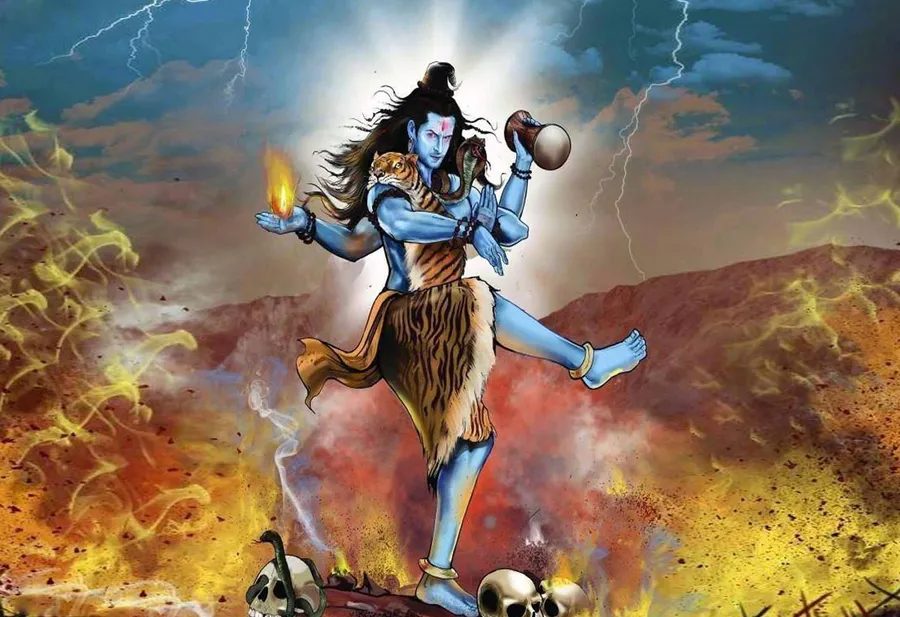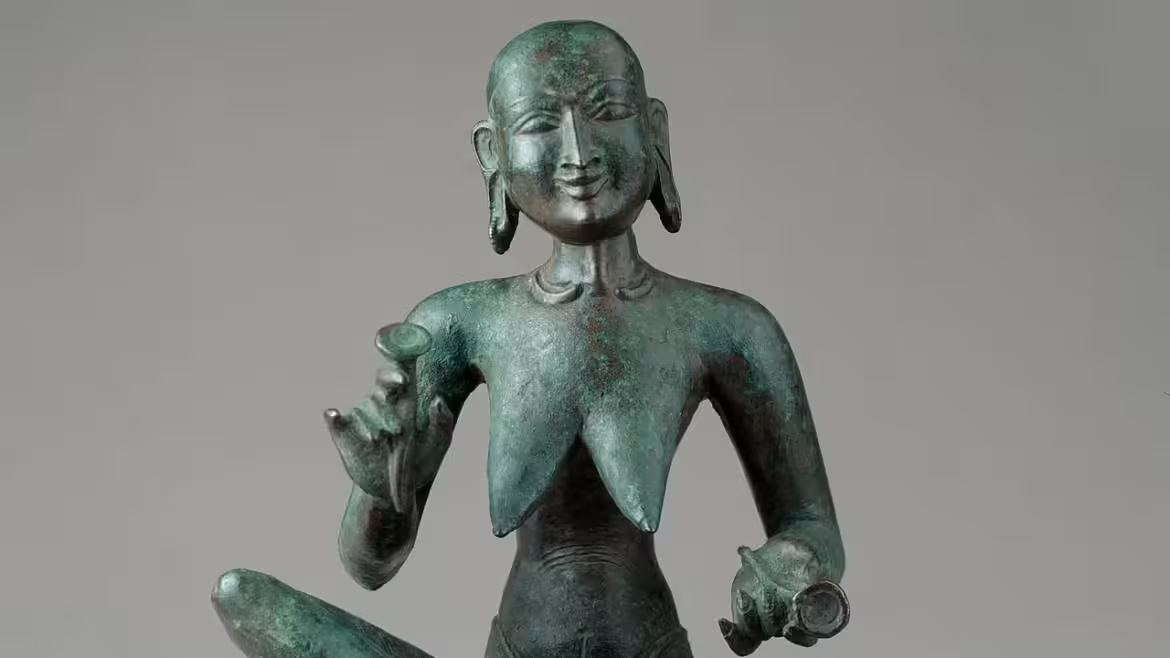For a few months now, I have been more or less under a spell cast over me by the incomparable saint Karaikal Ammayar.
Though I have had exposure to the Saivaite tradition and have a fair knowledge of the saints, the Nayanmars, whose major works constitute the Thirumurai Compendium, of which the eleventh collection comprises the most powerful and incredibly lucid outpourings of this saint of Karaikal. There is nothing in the annals of Bhakhti literature that marks this level of intensity and imagery that has ever been felt, visualised or synthesised in the human mind. The works of Karaikal Ammayar’s Prabhandams can be classified into three categories. They are Thiruvaalangkattu Moothe Tirupathikam, Thiruirattaimanimalai and Arputha Thiruvanthati.
This body of work when compared to the thevarams and other thirumurais is fairly small in scale. Yet, in its sweep and emotional intensity, the vibrant, visual imagery that is so frighteningly alien to Semitic/Monotheistic religions is lovingly blended into the vast canvas of the perpetual dance of the mighty Nataraja. It is a concept unparalleled in the evolution of religious thought and philosophy, but none can compare with the saint of Karaikal in her vivid description of the dance of the Lord of Cosmos.
Enacting his drama on the burning dais of the funeral pyre in the crematorium of Thiruvalangkadu, the revolting, inconceivable imagery is of the Supreme Lord enacting his dance amongst the demons and ghouls, in the burning crematorium where the burnt pieces of human flesh are pulled aside from the pyre by the jackals and vultures and other carrion eating birds. This is devoured by the ghosts, while jackals and owls are also in the fray gobbling up whatever remains of human entrails all howling and bitterly fighting for their share of the oozing brains and burnt marrow from the melted bones and half burnt intestines of the departed humans, which is left at the scene of this vast cauldron of fire and smoke.

This has become a living experience in Ammaiyar’s sonorously diabolic Tamil verses of unmatched beauty. It is also amazing to comprehend how at least these verses small in number but infinite in its content and emotion never before expressed in such terse yet fathomless love befittingly sung in glorious Tamil, it falls like nectar into the ears of those willing to listen has survived for more than 1500 years. With none near her ghostly form to record these profoundly mystical and awe inspiring hymns, the translation of Ammaiyar’s verses into English conveying even an infinitely small portion of the love and wonder she had for the Lord of dance becomes a daunting task.
Yet, G.U.Pope in his mighty and monumental translation of Thiruvachakam pays his highest tribute to this lady who had preceded all Nayanmars and Alwars and the pioneer in inventing the form known as Anthathi which can only be sung by a mind and intellect defying human limitations. The awe and appreciation evoking feelings never before felt with the backdrop of the crematorium remains incomparable till date. The cosmic dance of Natarajah has always been the source of joy and the fountain spring of the most sublime poetic expressions known to Bhakthi literature.
The dance of Siva at Chidambaram, considered being the centre of universe has been the perennial theme for Saivite thought. The vision of Him performing the Tandava has inspired the entire lineage of saints to give us such profound poetry which is timeless and transcendental both in form and content. For the Nayanmars especially who are known as Moovars (The Trinity) Siva has been the matrix in which they functioned. Legend is full of miracles with the foremost of them being the most moving anecdote of Parvathi appearing along with her consort to feed the crying child Sambandar with her breast milk squeezed into a golden bowl and given to him on the temple tank at Sirkazhi.
Both Thirugnasambandar and Thiru Navukkarasar, together as contemporaries had performed wondrous miracles due to the grace of Siva and had brought succour and prosperity to the denizens of the Cauvery delta. All these are recorded in the Thirumurai as well as the story of the saints Periyapuranam.

